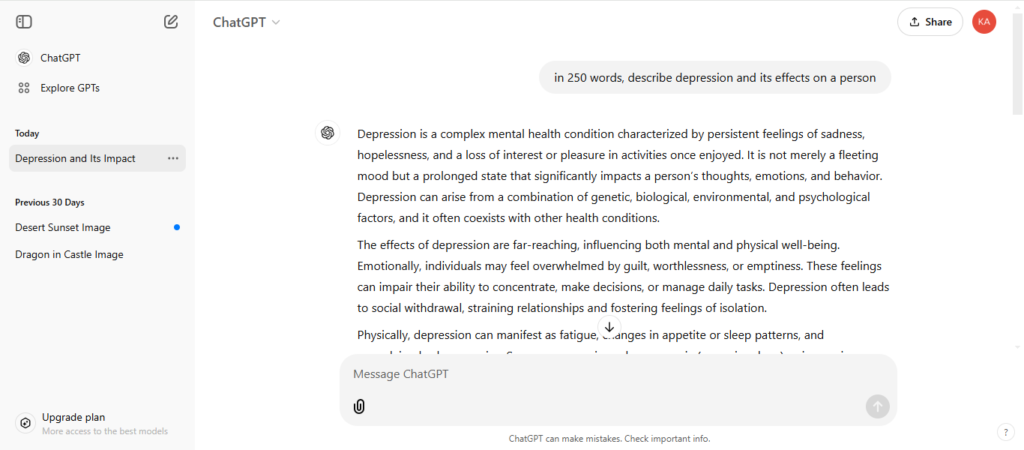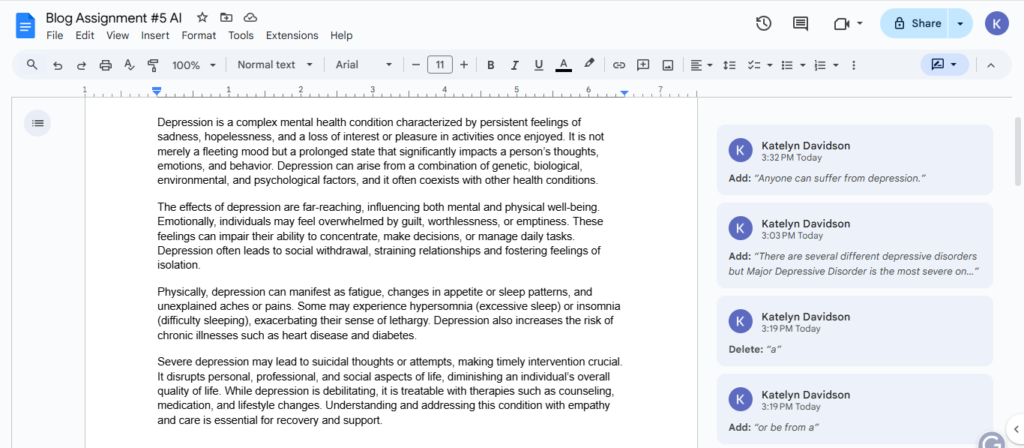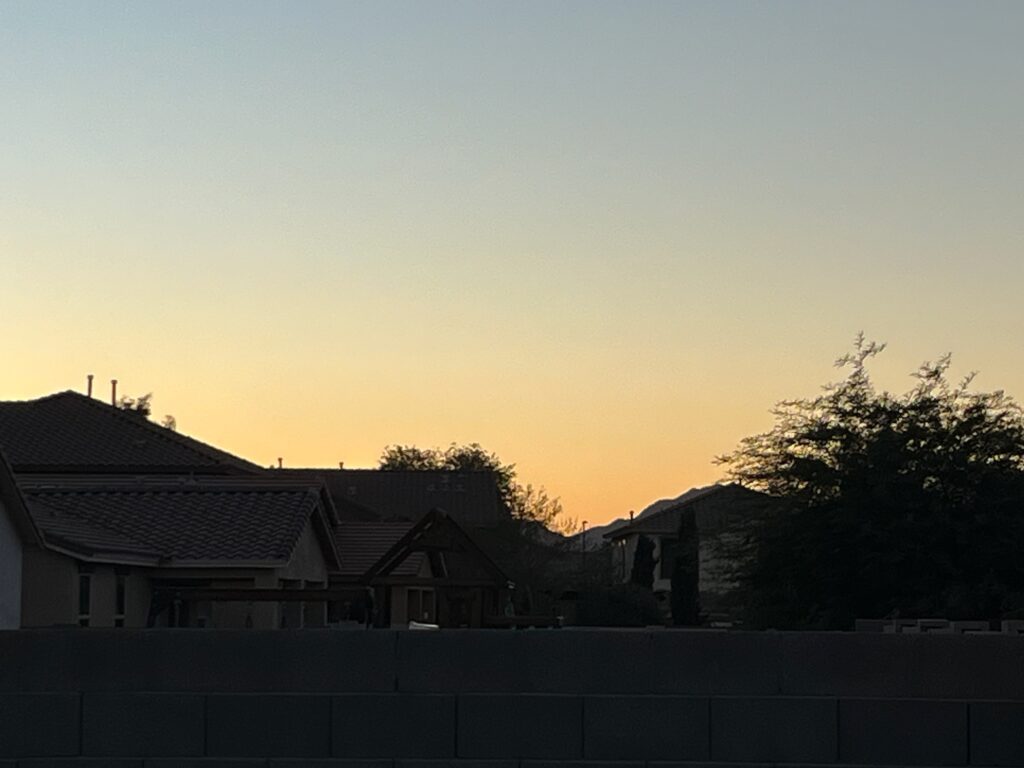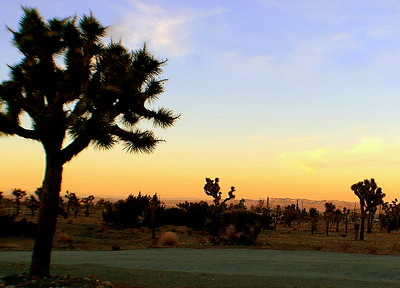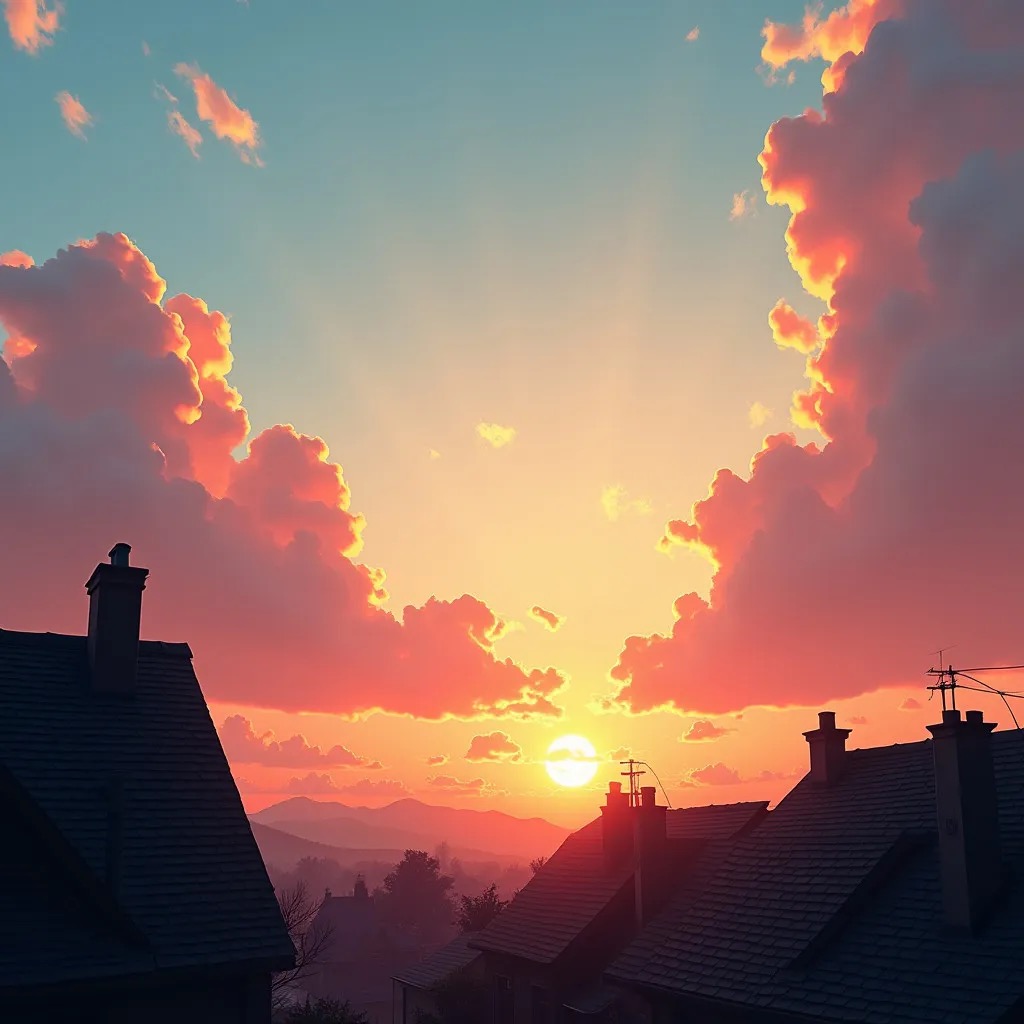Who owns our conversations when it comes to digital media such as social platforms? According to Copyright Laws, we own the content we post on social media, but we’ve given license to social platforms to use it as is spelled out in their terms and conditions. Social platforms can use our content as they see fit.
There are centralized and decentralized platforms. Centralized platforms are owned and controlled by one single entity. These include platforms such as Facebook, Twitter/X, Instagram, YouTube, etc. As described by CMR Berkeley, centralized platforms are stored on centralized servers where the platform retains ownership and control over user data and content.
They also describe the benefits of centralized platforms as having a well-established user interface and a large user base that allows for networking. Some drawbacks are that centralized platforms can be more susceptible to censorship and privacy is often a concern, as these platforms can use user data however they’d like.
I use one centralized social media platform, Twitter (now X). Elon Musk’s takeover has shown me that we cannot depend on the goodwill of the owners of these centralized social media platforms. Elon Musk made drastic changes that led to chaos, such as a paid blue check mark system.
Journalists, government organizations, etc. lost their verification status if they didn’t pay for it. This led to imposter accounts and made it harder to tell if information was coming from a reliable source. This showed me that my experience on a centralized social media platform is beholden to the current owner.
What can we do about this? I believe that government intervention in this brings concerns about censorship and overreach. I think the easiest and most beneficial change we could make is to join decentralized social media platforms. Decentralized platforms are not controlled by a single entity, they are distributed across multiple independent servers. Users have more control over their data and privacy and decentralized platforms are more resistant to censorship.
However, decentralized platforms must become more appealing and widespread among users. People want to use social media networks that their friends are on. As of now, decentralized platforms do not have the user base that centralized giants such as Facebook and Twitter (X) have. Since many of these platforms are still in development, they can have limited features compared to centralized platforms.
Particularly after the recent election, I noticed many of the people and groups that I follow on Twitter (X) were moving to a decentralized social media platform called Bluesky. In November 2024, Bluesky reached 20 million users. I joined this platform and have liked the experience of using a decentralized network where I have more control over my privacy and data protection. The Conversation describes how Bluesky is set up like the old Twitter and allows users to host a server where they’re able to control and store their data.
Decentralized platforms have their drawbacks though. An article from Medium describes how decentralized social media faces challenges including scalability and tough competition from centralized giants. The blockchain application that decentralized platforms use can require a learning curve that can discourage new users and mass adoption.
I believe that if these challenges can be overcome, we can encourage more users to join decentralized social networks. As we have seen from Bluesky’s growth, there is a desire and need for users to join social networks that allow them more control. We should own our conversations and decide how our data is used.
